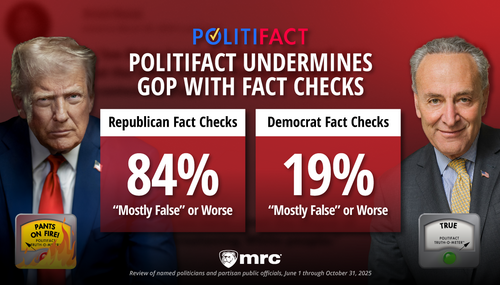It's something you would expect from a sanity challenged fringe blog or from the usual suspects such as the Democratic Underground or the Daily Kos. Instead the latest example of global warming wackiness is coming from the Gray Lady herself, the New York Times. This is an actual unchallenged quote in a Times article by Jennifer A. Kingson “Alaska is going to be the next Florida by the end of the century.”
Got that? Not in millions of years but by the end of this century. Of course no data is provided to back up this assertion. In fact the rest of the wild predictions in the article also fail to be backed up by any data other than the claim that computer models project these outcomes. One thing to be said about the New York Times in Moonbat Mode is that their desperation to "prove" global warming can be hilariously entertaining as we shall see:
Scientists trying to predict the consequences of climate change say that they see few havens from the storms, floods and droughts that are sure to intensify over the coming decades. But some regions, they add, will fare much better than others.
Forget most of California and the Southwest (drought, wildfires). Ditto for much of the East Coast and Southeast (heat waves, hurricanes, rising sea levels). Washington, D.C., for example, may well be a flood zone by 2100, according to an estimate released last week.
Instead, consider Anchorage. Or even, perhaps, Detroit.
I better purchase a beach blanket with a polar bear on it for sunbathing in Alaska. And now for the money quote:
“If you do not like it hot and do not want to be hit by a hurricane, the options of where to go are very limited,” said Camilo Mora, a geography professor at the University of Hawaii and lead author of a paper published in Nature last year predicting that unprecedented high temperatures will become the norm worldwide by 2047.
“The best place really is Alaska,” he added. “Alaska is going to be the next Florida by the end of the century.”
So if Alaska is going to become the tropical vacation spot of the nation in a few years what of Florida? Here is the answer which is again carefully data-free:
In May, Miami was named one of the nation’s most vulnerable cities in the National Climate Assessment, the third in a series of federal reports on how global warming will play out across the country. The week the report was released, Miami Beach residents were wading through ankle-deep waters on some of their main thoroughfares.
As sea levels rise in the decades ahead, said Professor Mass of the University of Washington, “if there’s ground zero for where you don’t want to be, Florida is it.” Other particularly vulnerable places are the low-lying cities of the East and Gulf Coasts, he noted.
Sigh! It's called the tide. Specifically a very natural king tide that has been happening for years. Here is the explanation from the Miami Herald that doesn't fit into the New York Times mantra about rising seas due to global warming:
Leonard Berry, a professor at the Florida Center for Environmental Studies at Florida Atlantic University, said the king tides are natural phenomena lasting three to four days that affect areas like eastern Las Olas Boulevard in Fort Lauderdale in addition low-lying Miami Beach.
“The king tides are caused by a combination of the position of the moon and the sun and the earth,” he said.
Common sense would tell you that if the ocean is rising then the Miami Beach hotels, such as the Fountainebleau, which have been there 60 years or more would have sea water up by their pool decks. Instead, the ocean level is about where it was in the 1950s.
Besides the idea of Alaska becoming the new Florida, the most amusing aspect of this article is the absolute precision of its predictions...based on no data:
“The coasts are all going to be facing very hot temperatures,” Professor Mora said. Washington, D.C., will reach its tipping point the same year, under his model; Los Angeles has until 2048; San Francisco, 2049 and Chicago, 2052. Detroit has until 2051, and Anchorage, 2071.
Are you sure about that? Perhaps Detroit has until 2052 and San Francisco has until 2050. April 1 of that year to be exact.




